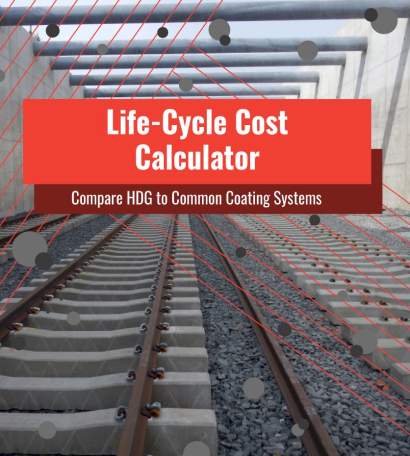
Heavy/Freight Rail
Hot-dip galvanized steel will protect taxpayers investment so more future dollars can go toward expansion rather than maintenance backlogs.
Most of existing rail miles are owned by freight railroads who have invested more than $700 billion to develop the existing network, and regularly reinvest close to 20% of their operating revenue into infrastructure repair, maintenance, and expansion. Because a large percentage of passenger rail services utilize the same tracks, the current state of rail lines is above average (ASCE graded it a B). However, the lack of investment by the government in passenger rail has led to a large repair backlog, frequent delays, and other issues – particularly in the Northeast where rail use is highest.
Line infrastructure is often ignored and/or forgotten, particularly in rural areas, but these components are critical to the overall safety and reliability of rail systems. Hot-dip galvanized steel is a proven workhorse for freight rail infrastructure including loading/unloading facilities, lighting, fasteners, fencing, noise barriers, signage, signals, bridges, crossbucks, gates, stairwells, and even rail cars (boxcars, hoppers, stock cars, etc.). HDG’s low maintenance, durable corrosion protection for 75 years or more minimizes service interruptions even under constant exposure to natural elements.






